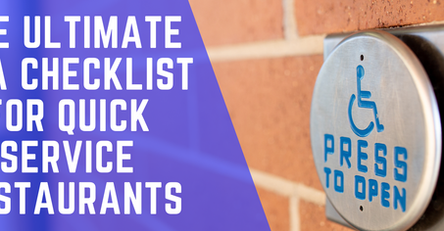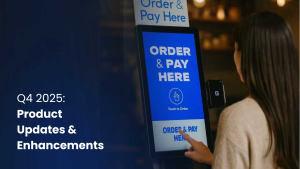What Is the Average Restaurant Profit Margin?
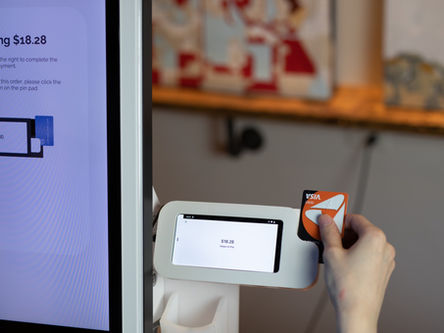
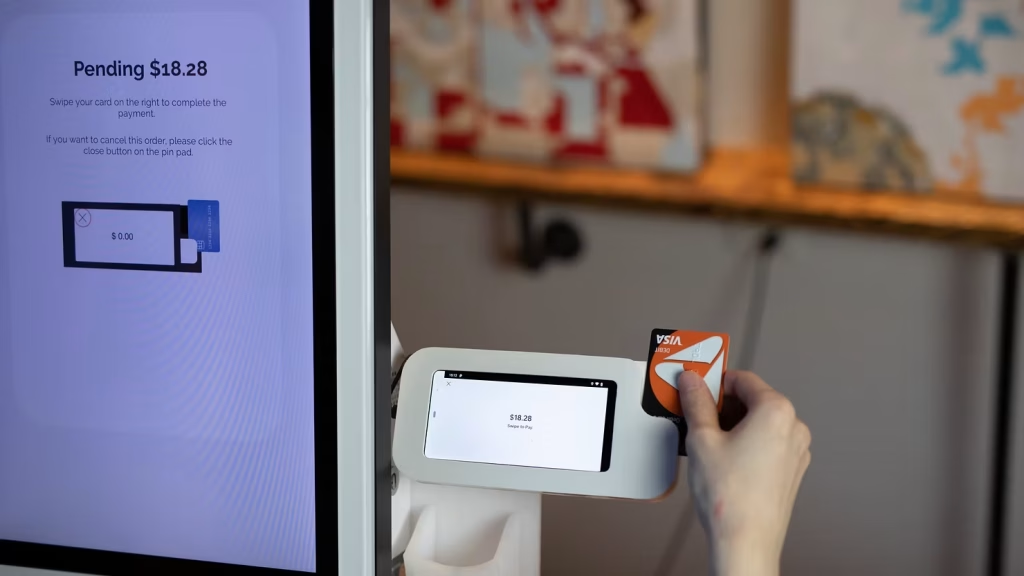
The Essential Restaurant Profit Margin Guide (Averages and Helpful Tips)
In any industry, the higher the profit margin the better the business is doing from a financial standpoint. Profit margins are a hot topic in the restaurant business, as operating and maintaining a profitable restaurant is no easy feat. It often requires a solid offering that ensures diners come back time and time again, a great staff that supports the business’s overall goals, as well as a leadership team with strong business acumen.
In this article, we’ll cover what “good” profit margins are in the restaurant industry. We’ll also provide some actionable tips you can implement as a restaurateur to increase your profit margin — and improve your bottom line.
What Is the Average Restaurant Profit Margin?
A profit margin is defined as the amount of revenue that exceeds the costs of running a business. The average restaurant profit margin is between 3% and 6%, according to Synergy Suite. On the high side, some restaurants may see an average profit margin of as much as 15%.
It’s vital to keep tabs on your restaurant’s profit margin because it directly correlates to your business’s health. If your profit margin drops drastically over a short period of time, it may be a sign that something isn’t working. On the flip side, if you notice a sharp jump in profit margin, it indicates that some aspect of your restaurant operations is working well.
What Is a Restaurant’s Average Gross Profit Margin?
In addition to your restaurant’s average profit margin, you also want to keep track of your gross profit margin. Expressed as a percentage, this figure tells you how much money your business has left after taking into account the cost of goods sold. To calculate your restaurant’s gross profit margin, use this formula:
Gross profit margin = [(Selling price of an item – Cost of goods sold (CoGS)) / Selling price] x 100
Let’s calculate the gross profit margin of a theoretical $15 menu item:
Gross profit margin = [($15 menu item – $6 worth of ingredients) / $15] x 100
Gross profit margin = 60%
What Is a Restaurant’s Average Net Profit Margin?
Another metric to help determine your restaurant’s financial health is the average net profit margin. Unlike the gross profit margin, the net profit margin takes into account the cost of goods sold as well as your business’s other operating expenses like rent, payroll, administrative costs, and utilities. Including these other overhead expenses gives you a deeper look at your business’s finances.
To calculate your net profit margin, use this formula:
Net profit margin = [(Total revenue – Total expenses) / Revenue] x 100
An example of this may look like:
Net profit margin = [($180,000 total revenue – $120,000 total expenses) / $180,000] x 100 = 33.3%
Average Profit Margins by Restaurant Type
The type of restaurant you run plays a major role in the average profit margin you should expect. Below, we’ve compiled some data specific to each type of restaurant that you can use as benchmarks when reviewing your business’s financial health.
Average QSR Profit Margin
Quick-service restaurants (QSRs), also known as fast-food restaurants, typically have an average profit margin of 6% to 9%, according to AZ Central.
Average Fast-Casual Restaurant Profit Margin
Fast-casual restaurants see an average profit margin of 6% to 9%, according to Restaurant365. This is in part due to the fact that fast-casual restaurants rely on prepared foods, which means fewer staff members are needed.
Average Full-Service Restaurant Profit Margin
Full-service restaurants generally have a profit margin of 3% to 5%, according to AZ Central. These types of restaurants are defined as those that have management, servers, staff working in the kitchen, bartenders, and a host. Full-service restaurants are notoriously tricky when it comes to maintaining high profit margins, and most of the time the biggest revenue generator is alcohol sales rather than food sales.
Average Food Truck Profit Margin
Food trucks are a popular part of the restaurant industry these days and, according to AZ Central, typically see an average profit margin of between 6% and 9%. Food trucks often have the same food costs as full-service restaurants, but because of their size, usually have fewer operating costs related to staffing, rent, and utilities.
Average Catering Profit Margin
Another higher-yield sector within the restaurant industry is the catering businesses, with an average profit margin of between 7% and 9%, according to AZ Central. Many caterers don’t have brick-and-mortar locations, which can contribute to the higher profit margin because these businesses don’t have to account for rent or utilities. The lower number of staff and overhead costs contributes as well.
11 Actionable Ways To Increase Your Restaurant’s Profit Margin
Now that you have some benchmarks to compare your restaurant’s profit margin to, here are some strategies you can implement now to help increase your profit margins even more.
1) Optimize Your Restaurant for the Digital World
The onset of the pandemic brought a push for more optimization in the restaurant industry. One area that took off exponentially was self-ordering technology. This was not only a legitimate necessity in the early days of the pandemic, but also provided restaurants a huge opportunity to reach more customers for less investment in the long run. In fact, research shows that 70% of consumers prefer to order using self-ordering technology.
One way to help increase your restaurant’s profit margin is by investing in self-ordering technology, like INFI’s self-ordering kiosks. Our kiosks can help increase your average ticket size, decrease labor costs, and increase peak-hour capacity. They also provide robust online ordering features, which can help increase takeout orders — boosting your restaurant’s profitability even more. Learn more about self-service kiosks from INFI.
2) Incentivize Customers by Creating a Loyalty Program
A loyalty program is another great way to help increase profit margin. This is because it is always less expensive to keep current customers than it is to find new ones. If your current customers are happy with your product and services and they’re incentivized by a loyalty program to keep dining with you, they will continue to come back — ensuring a steady stream of business from repeat customers.
3) Update Your Menu Pricing
There are certain times of the year that are probably more profitable for your restaurant than others (for example, an ice cream shop likely sees more business during the hot summer months than during winter). Identifying these times can be helpful in terms of strategizing your menu pricing.
One strategy to consider is adding a reduced-price set of menu items at slower times of the year, or adding exciting new items for a lower price point to boost interest. You could also consider adding a happy hour menu for certain days and times of the week, or during certain months of the year to help entice customers to visit your restaurant.
4) Provide Useful Sales Training to Restaurant Staff
Ensuring your staff members have the tools they need to succeed is another way to help increase your business’s profit margin. You can do this by providing ongoing sales training opportunities.
It’s important to note that staff training may not always be exciting in your staff members’ eyes, so be sure to get creative with it. Consider coordinating a guest trainer who is prominent in the restaurant industry, or couple sales training with a staff dinner. These strategies can help boost staff members’ interest in the training and incentivize them to actually engage during it.
5) Upsell Popular Menu Items (Like Desserts & Speciality Drinks)
Highlighting popular menu items can increase how often they are ordered, which can help increase your restaurant’s profit margin. One way to do this is by using digital signage, specifically digital menu boards. Digital menus can offer more flexibility than a print board, as digital menus can be updated in real time as often as you like.
Self-ordering kiosks offer the same versatility. You can add a promo pop-up at check out that offers an upsell on a popular menu item, or add a banner to the kiosk screen that displays your current discounted specials.
6) Increase Awareness by Using Social Media and Other Marketing Channels
A marketing strategy is a must for any business. Though you may not be a marketing expert or have a huge marketing budget, there are several relatively low-cost ways to market your restaurant to get your name out in front of your target audience. The number one way to do this is by creating social media accounts and posting regularly using hashtags. As you grow a following and start feeling more comfortable, investing in paid social media ads or sponsored Google ads can also be helpful.
7) Optimize Your Table Turnover
If you can optimize table turnover at your restaurant, you can serve more tables — which means more profit opportunities. There are a few strategies we recommend to help achieve this:
- Ensure all servers are fully trained on your restaurant’s point-of-sale system (POS) and well-acquainted with the menu.
- Encourage servers to work as a team and help each other out as needed.
- Organize orders by seat, which can help servers stay organized and efficient.
- Avoid seating incomplete parties.
8) Add More Seating and Tables
In addition to optimizing table turnover, you may even consider adding more seating and tables in your restaurant. This allows your business to serve more diners in the same amount of space. If you don’t think you have enough space for additional tables or seating, consider re-evaluating the flow of your restaurant. Test different layouts for a week at a time to see which is the most effective, and be sure to ask your staff for their input before settling on a permanent layout.
9) Reduce Food Waste
The U.S. alone wastes nearly 40 million tons of food every year, which is estimated to be about 30% to 40% of the food supply in this country. What’s worse is that 40% of that 40 million tons comes from restaurants, grocery stores, and food service companies. Not only is this bad for the planet, but it also hurts your restaurant’s bottom line.
Consider making changes to help cut down on your restaurant’s food waste (and in turn, food costs), like conducting a waste audit, installing an automated inventory management system to keep track of “use by” dates, and utilizing recipe management for consistent portions.
10) Lower Your Utility Bills (If Possible)
Decreasing the amount of money your business spends per month on utilities can have a larger impact on your bottom line than you may think. To lower your utility bills, you must focus on saving energy. Some ways you can help reduce your restaurant’s energy use include:
- Reducing hot water usage (where possible)
- Changing out light bulbs with more energy-efficient bulbs
- Fixing any leaks around the restaurant
- Adjusting the thermostat (even a few degrees can help) to use nighttime settings when the restaurant is closed
- Choosing energy-efficient refrigerators and freezers
11) Reduce Labor Costs By Improving Staff Scheduling
Even amidst the recent restaurant worker shortage, reducing labor costs is something to assess regularly. Even if you are not actively hiring or firing staff, there are ways to optimize the team you do have to lower costs.
First, you need to understand your restaurant’s labor cost percentage. Then, look at how your internal schedule is structured. Critically assess times of the day, week, or year that are slower and may not require as many staff members. Or, identify new, more complex tasks to train staff members on to put their skills to better use during off-peak times.
Increase Your Average Restaurant Profit Margin With INFI
Running a profitable restaurant can be a balancing act between enjoying what you do and trying to keep your bottom line stable. But if you employ the strategies covered in this article, you can leverage good restaurant management to help boost your profit margins, giving you more time to focus on what you enjoy.
If you’re ready to see greater profit margins, we recommend you explore self-service kiosk solutions from INFI. The benefits of self-service technology can range from upselling and customization opportunities to understanding your customers better and providing them with a positive overall dining experience.
Learn more about INFI’s POS system or sign up for a demo here.
About infikiosk
Related Posts
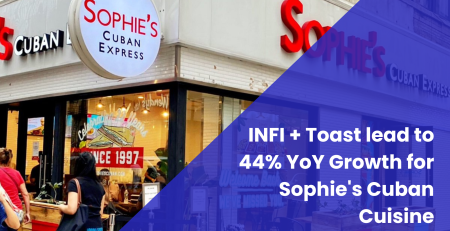
Case Study: Sophie’s Cuban Cuisine Drives Revenue Growth with Advanced Self-Order Kiosk Technology
Client: Sophie’s Cuban Cuisine Industry: Fast Casual Dining Locations: 11 Point of Sale: Toast Key Stakeholder: George J. Cestero, COO & IT/Digital Marketing Director...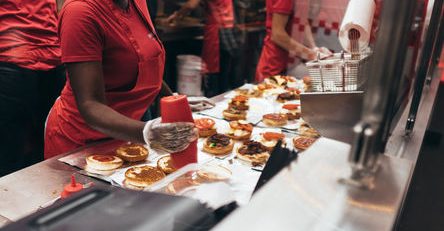
6 QSR Trends That Are Changing the Restaurant Industry
Today, QSR establishments continue to see ongoing changes in response to social and technological developments. We’ve compiled six of the...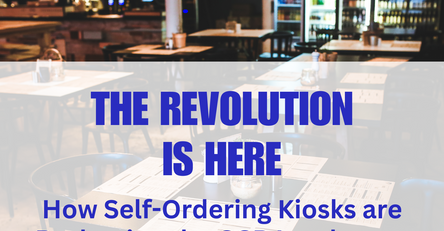
The Revolution is Here: How Self-Ordering Kiosks are Reshaping the QSR Landscape
One particular innovation has started to significantly reshape the QSR industry landscape—self-ordering kiosks.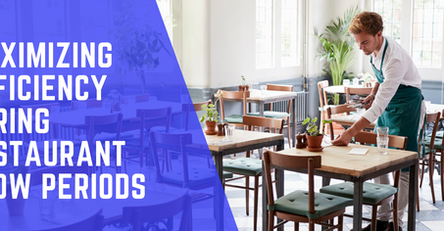
Maximizing Efficiency During Restaurant Slow Periods: A Digital Approach
This blog post explores how to navigate these slow periods effectively, focusing on digital investments and smart strategies to enhance...
Navigating the Future of QSRs: The Role of Kiosks and Technology
We went through these articles and skimmed through the almost 500 comments to get some insight on how people are...
How to Open a Pizza Place: Step-by-Step Guide & Tips
If you’re considering starting a pizza place, follow this comprehensive guide to ensure your success.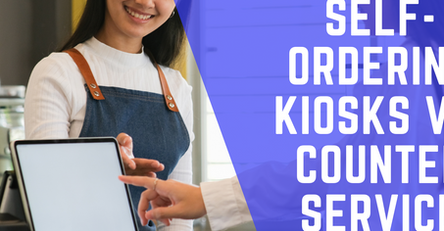
Comparing Self-Ordering Kiosks vs. Traditional Counter Service: Which Is Right for Your Restaurant?
This article delves into the pros and cons of self-ordering kiosks versus traditional counter service to help you determine which...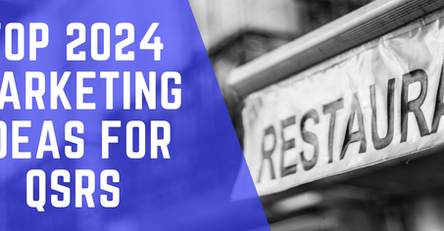
Top Marketing Ideas for Quick Service Restaurants (QSRs)
QSRs need to leverage creative approaches to boost brand visibility and drive sales. Here are some top marketing ideas...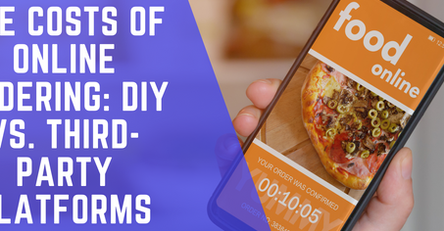
The True Costs of Online Ordering: DIY vs. Third-Party Platforms
As online ordering continues to reshape the restaurant industry, businesses face a crucial decision: build an in-house ordering system or...